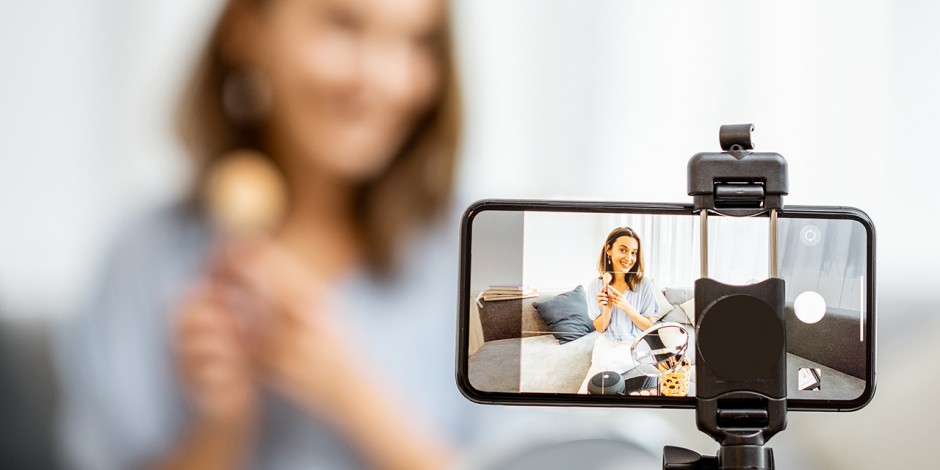In PR, a content calendar is a key part of any public relations plan. For B2B clients like those we represent, it can include the topics and suggested resources for bylined articles, blog posts, social media posts, digital video, and longer-form content like white papers, among other elements. A good content calendar is like a roadmap that helps a brand tell its story. Here are some ways to construct a killer content calendar and get the most out of it.
Start with tentpole events and initiatives
Winging it is not an effective strategy, and taking the time to create a full content calendar will save time and alleviate stress in the long run. When building your calendar, start with upcoming company tentpole events and announcements, then fill in the rest according to seasonal marketing activities and anything else you find relevant. After, you can build out the corresponding content.
For example, you may plan for a company’s product launch to generate a press release, a social post linking to the press release across social channels, a social post with a top media placement across social channels, and an in-depth blog post for the company website. For social media specifically, quality and quantity combined make for the highest engagement. Companies that publish more than 16 posts a month typically generate three and a half times more traffic than those which publish less than four. Meaning, there should be frequent posts, varying in topics from article promotions to National Cookie Day, if you could think of a way that it’s relevant to your brand. Looking into lesser known holidays that may be relevant to brands in advance can make for fun social media posts!
Be sure to space out announcements
Content calendars are a visual way of seeing what’s in store for the future, making them effective for planning. Seeing all of a brand’s initiatives on paper makes it more obvious if announcements are scheduled too close together, or whether messages compete or overlap. Ideally, you want your messaging to be a progression; for example, a funding announcement, followed by senior-level hires, after which an ambitious new company initiative is unveiled. If news items aren’t planned carefully, the company’s announcements may not get the attention they deserve. Of course, a good plan will take into consideration major news-generating events like Election Day, for example, which should be avoided. Yet most external happenings are unpredictable, so it’s best to build in flexibility but not stress over unexpected events.
Refresh with formal creative sessions
You may be surprised by the new ideas you can generate when you schedule the time to sit down and think. Throughout the day, projects and deadlines may keep us busy, but forcing a focus on new ways to tell a brand’s story for the next month or quarter can give way to a productive brainstorming session, particularly if you have it with other team members. However, make sure that your meeting is a productive use of time for everyone (a recent study from the Harvard Business Review found that 71% of senior managers said meetings in general are unproductive and inefficient.) During the brainstorm session, do not shut down any ideas, no matter how far-fetched they may seem, as you never know which remark can plant the seed for a great idea. Other tips for a productive brainstorm include coming prepared, creating a time cap, and taking thorough notes.
Measure performance daily
You can actually keep track internally of how many stories a particular company announcement garnered, or how well a social media post performed, right in your content calendar. Of course, every content calendar is different, but tracking the numbers right in the doc may work as a way to stay organized. You can even set goals, and if you fall short, adjust accordingly for the next quarter. Besides Excel and Google Sheets, some other tools for creating content calendars include monday.com, Smartsheet, and Wrike.

Park future ideas so nothing is lost
You can make the most out of your content calendar by using it as a live document and keeping it constantly updated. It’s best to do a formal update once per quarter, according to the business or marketing plan, but you may choose to refresh it far more often. In addition to planned content, you can establish a “parking lot” for ideas and potential topics that may not fit in at the moment but can be useful later. It’s also effective to list social keywords for each piece of content to all creators are on track.
Include client quotes or thoughts
If you plan to newsjack an upcoming event, it can be helpful to get quotes or thoughts from the brand in advance, to be used for a future blog post or even reactive commentary. This can be stored right in your content calendar. By keeping all relevant materials together in one doc, you can prevent these thoughts from getting buried in your inbox. The nature of newsjacking is such that most often you won’t know the news in advance and you’ll have to act swiftly for your brand to be included in media coverage. Yet if you do happen to know of any events that may be relevant, then it’s great to be prepared.
Include competitive messaging
It may make sense to keep track of competitive content or even media coverage in your content calendar, in a separate tab. This makes for easy visualization for how your brand’s messaging and tone should stack up compared to competitors. After all, what we do is all about differentiation.
Planning and time management are very important in PR, so any system to help stay on track and on schedule is useful. Don’t be discouraged if some ideas are scrapped as things move around – you may even be able to use that content later on!







